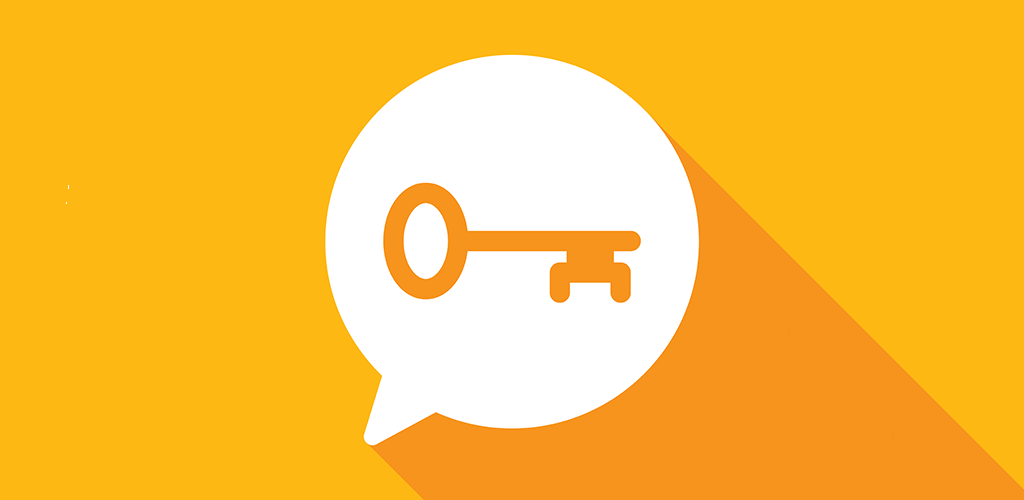How to Conduct a Shopping Behaviour Analysis

Do you know your customers? Are you aware of their likes and dislikes? Their favourite products? If you had to pick out a birthday gift for them, could you? If you answered ‘no’ to any of those questions, you should conduct a shopping behaviour analysis in order to learn who is shopping with you and, more importantly, how. Business frequently use this type of study as a way of understanding the buying habits of their customers. By learning what trends and patterns they follow, and what factors influence a purchasing decision, companies can better target their sales strategies to the real people supporting the brand. Take a look at our guide to conducting a shopping behaviour study:
- Understand their importance
- Learn the factors behind purchasing decisions
- Segment your audience
- Find the key benefit of each group
- Conduct quantitative research
- Compare it to qualitative research
- Apply your results to future campaigns
- Analyze your successes
Understand The Importance of the Shopping Behaviour Analysis

Consumer behaviour studies observe and explain the ways in which customers interact with your business. Understanding the motives and decision-making methods that drive consumers can help you streamline your processes and bring in more revenue. A few other, key reasons to conduct this type of study include:
- Increasing Customer Value: All of your customers have value. However, behavioural analyses can help you identify which of them are or will be most valuable. For example, a customer that makes repeat purchases from your business likely has more value than a one-time buyer. By knowing which groups of people bring the most value to your brand, you can spend more effort on marketing to them… which will probably cost you less money in the long run.
- Increasing Customer Retention: You may have heard the phrase “it’s easier to keep a customer than to make a new one.” In many industries, it’s true. Some studies claim businesses spend ten times more money trying to earn new customers than they do on keeping the customers they already have. In addition, loyal audiences are also more likely to make costlier purchases. Conducting a shopping behaviour analysis can help you identify which customers are most likely to become brand loyal, thus saving you money and increasing your revenue.
- Creating Personalized Content: One rapidly growing trend in the world of commerce is the need for personalization. Consumers are increasingly preferring to do business with companies they can connect with on a personal level. In order to tap into this trend, use your shopping behaviour analysis. By learning the preferences and habits of your audience, you can create content just for them that will hit the mark every time.
- Optimizing Your Campaigns: Not only does your content need to be personalized, but it should also reach your audience through their preferred channels. By understanding your customers and reaching out to them through the proper channels, you can optimize your campaigns to more efficiently target the right customers.
Learn the Factors Behind Purchasing Decisions

In order to understand your customers’ shopping behaviour, you first need to know why your customers shop. There are three main reasons: personality, psychology, and social trends.
- Personality Traits: Different personality types lead people to behave differently when it comes to shopping. For example, a person with an impulsive personality is more likely to spend frequently and in large amounts. Understanding the background and upbringing of your customers can help you predict and respond to their purchasing behaviours.
- Psychology: The psychology and mentality of a person can also affect how they shop. However, even with a shopping behaviour analysis, psychology differs from day-to-day so it can be hard to predict. For example, a person in a good mood overall also has more patience and may shop for longer or stick around through potential technical difficulties. Although psychology is hard to predict, using it to explain behaviours in the moment can be helpful for team members who personally deal with customers.
- Social Trends: Humans are social creatures. As such, we tend to join in on trends and traditions that our peers are taking part in. Many consumers factor trends into their buying decisions, whether they know it or not. Because of this, researching the trends that impact your customers is extremely important. Do your customers adopt new trends quickly? How soon do they abandon them after the trend fades? If you know the answers to these questions, you can decide whether or not to participate in social trends as a way of increasing revenue.
Segment Your Audience

The first thing to do when beginning a shopping behaviour analysis is segment your audience. In almost every case, you’ll have varying types of customers. As such, the sales tactics you use must differ by type. Grouping your audience into collective segments can help you appeal to each segment. Make a list of each of the groups you may be able to sell to. This list should include things like age, gender, location, income, education level, hobbies and interests, political and religious affiliations, preferred channels of communication, online activity habits, and anything else that may help define who a person is. Many customers will most likely fall into multiple groups.
In addition, group your audiences by how frequently they buy from you, how much they typically spend per purchase, their preferred methods of shopping (ecommerce, social media, brick-and-mortar, etc.), the products they look at most frequently, and more. All of this data is considered quantitative, which will become important to remember later.
Find the Key Benefit for Each Group

Every time a customer buys from you, there’s a reason they chose to do so, instead of shopping with a competitor. Learning what this reason is for each segment you identified is a key element of a shopping behaviour analysis. For example, customers who typically spend small amounts on purchases with your business may do so because you are offering the best price on that particular product. In this case, low pricing is the key benefit for this particular group. Understanding the context that drives a purchase can help you streamline the customer experience.
Conduct Quantitative Research

When segmenting your customer groups, you gathered quantitative demographics and web statistics through your own site. Here, you will take that information and expand upon it. First, take a deeper look at your own site statistics. Pay close attention to click-through rates, bounce rates, referral sources, and engagements like blog and social media follows.
In addition to gathering internal data, you also need external data. This is where you look at what your competitors are doing, as well as what’s happening in your industry as a whole. Take a look at the consumer reviews customers leave your competitors. Examine how much money your competitors have earned, if that information is available. There are many third-party tools available to help you collect customer data outside of your own business.
Compare it to Qualitative Research

Gathering quantitative data is easy. It’s largely just counting numbers and calculating percentages. However, quantitative data needs to be paired with qualitative data about your audiences in order to be meaningful. Collecting qualitative data, however, is much harder to do. You can do so by emailing your customers surveys. Surveys can ask about specific products, the customer experience, and anything else related to the quality of the experience with your business. You can also collect information from your customer service team, as well as from product reviews to gauge how they view your business a whole.
By examining both data types together, you may see some trends begin to emerge. For example, if you’ve noticed a high bounce rate on one specific product page, and also notice that many reviews on that particular product are negative, you can infer that the high bounce rate is because of the low product rating. Customers don’t want to complete that purchase if they think your product is bad.
Apply Your Results to Future Campaigns

Once you have gathered information for your shopping behaviour analysis and interpreted its results, you can begin applying your findings to future campaigns. For example, you may discover that a high number of Millennial shoppers frequent your business but those shoppers prefer to buy on social media and you don’t sell through those channels. Once you know this is a channel worth tapping into, you can start allocating resources to appeal to that particular segment.
Analyze Your Successes

Finally, after analyzing the behaviour of your shoppers and applying your findings to sales campaigns, you’ll want to know if your tactics have succeeded. Put metrics in place to test each change you make. Those metrics may include conversion rates and acquisition costs. Likewise, increased engagement on social media or a jump in email subscribers may also help you measure your success. Each sales tactic you use will require a different metric for measuring, so make sure you choose the right one for accurate results.
Visit Shopivo and stay tuned for exciting news and updates! Sign up for our emails and stay up-to-date on new developments and features.
